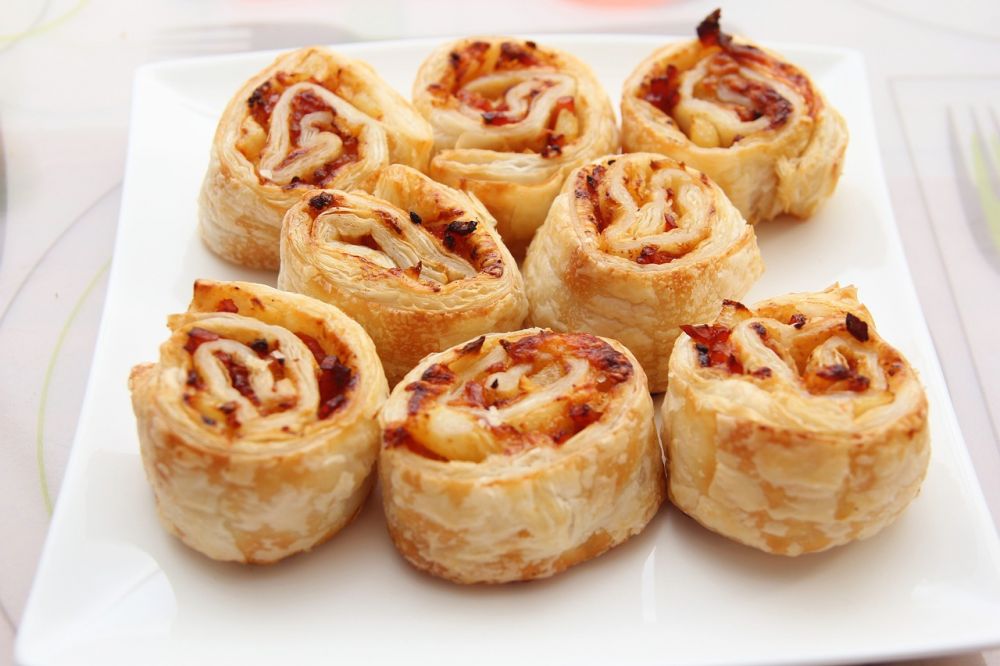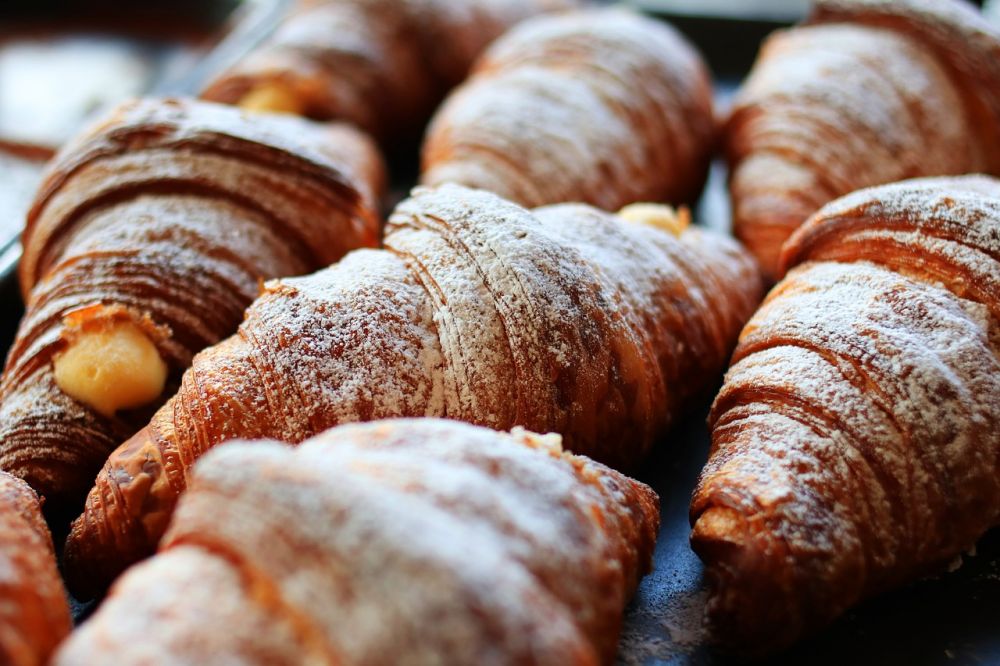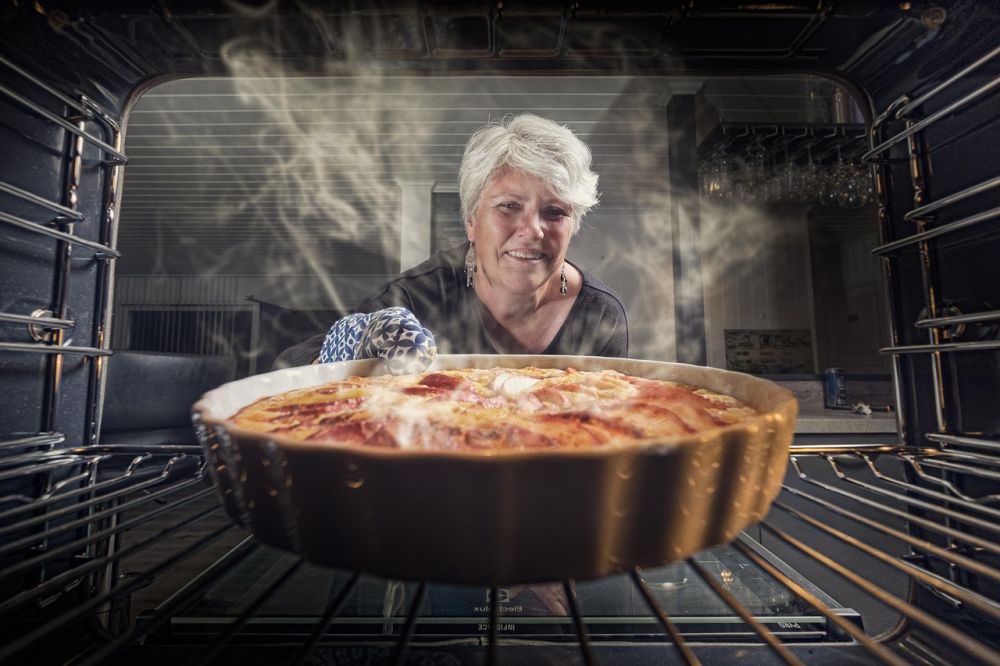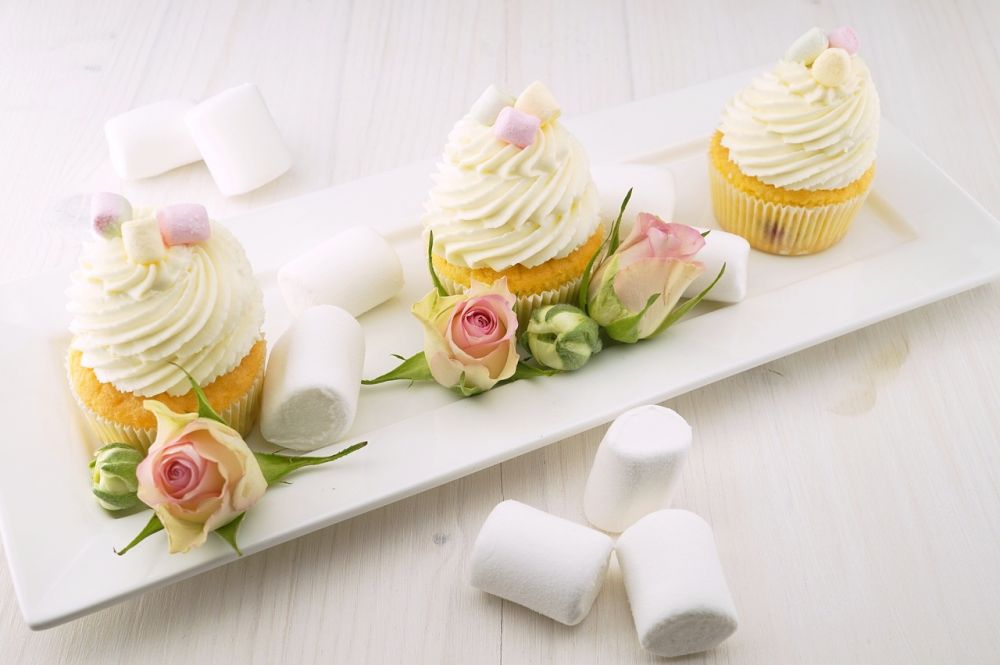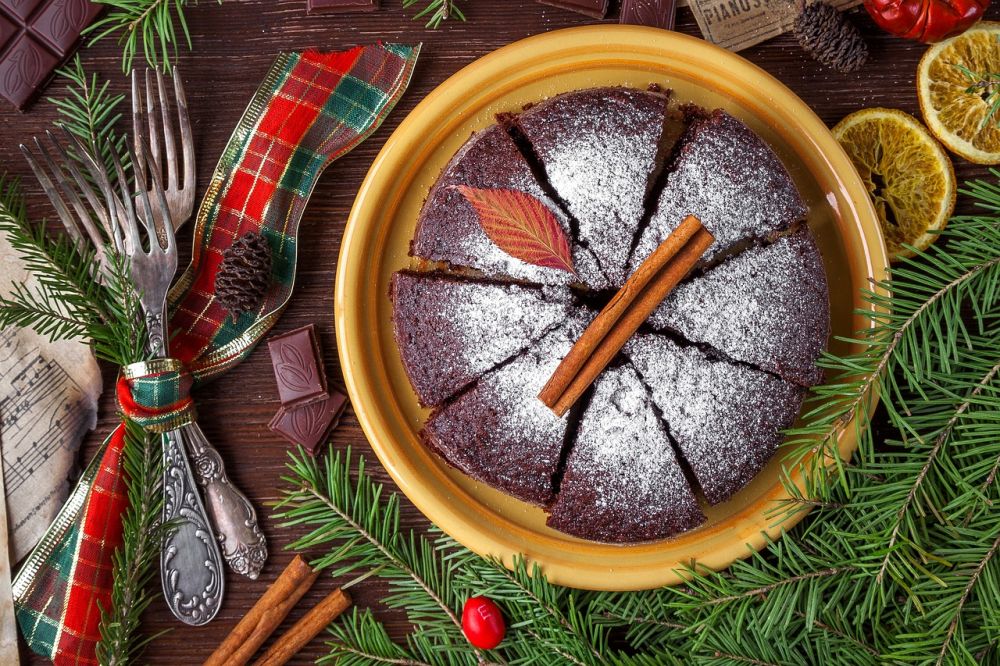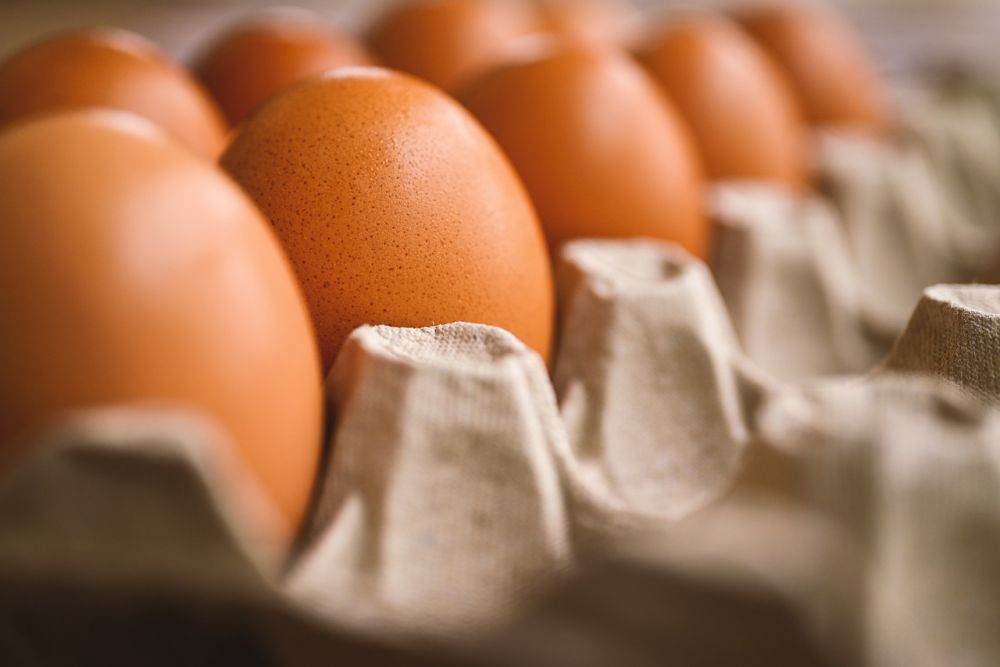Bake Cookies: The Ultimate Guide to Delicious Treats

Introduction:
Baking cookies is a beloved pastime for many individuals who enjoy the art of creating delectable treats in their own kitchen. In this comprehensive article, we will provide a detailed overview of baking cookies, including the different types available, their popularity, and quantitative measurements for perfect results. Additionally, we will discuss the variations and history behind this beloved activity, examining the advantages and disadvantages of different cookie recipes.
I. Understanding Baking Cookies:
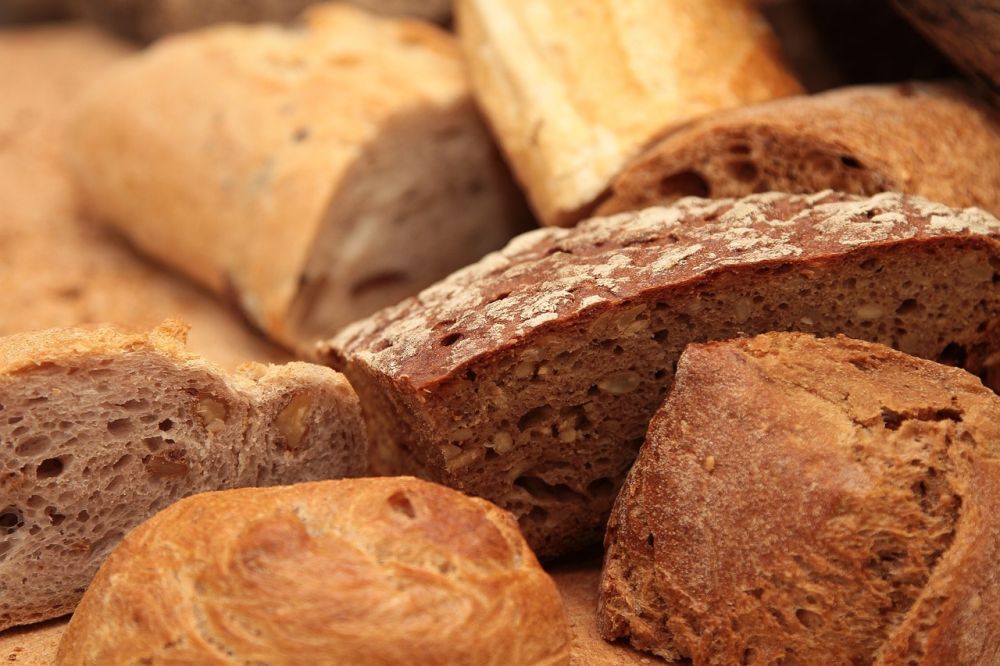
Baking cookies refers to the process of preparing and cooking small, flat, sweet treats typically made from a combination of ingredients such as flour, sugar, eggs, butter, and flavorings. The dough is shaped into small portions and baked until golden brown. This simple yet versatile activity allows for an endless array of flavors and textures.
II. Types of Cookies:
1. Classic Cookies:
a. Chocolate Chip Cookies: Perhaps the most popular cookie worldwide, these treat are loaded with chocolate chips, often combined with nuts for added texture.
b. Sugar Cookies: Basic cookies made from butter, sugar, and flour. These cookies are commonly decorated for various holidays and occasions.
c. Peanut Butter Cookies: Rich in flavor, these cookies have a soft and chewy texture, with subtle hints of peanut butter throughout.
2. Specialty Cookies:
a. Oatmeal Raisin Cookies: A wholesome choice, these cookies are filled with plump raisins and hearty oats for a satisfying snack.
b. Macarons: Delicate and elegant French cookies made from almond flour, egg whites, and a variety of fillings, known for their vibrant colors and smooth, crisp shells.
c. Shortbread Cookies: Classic Scottish treats made with a high ratio of butter, resulting in a rich and crumbly texture.
III. Quantitative Measurements:
Achieving the perfect cookies requires precise measurements. Here are some crucial measurements to consider for consistent and successful baking:
1. Flour: Measured in cups or weight (grams/ounces).
2. Sugar: Granulated, powdered, or brown sugar, measured in cups or weight.
3. Butter: Typically measured in tablespoons or weight.
4. Eggs: Usually measured individually.
5. Leavening Agents: Baking soda or baking powder, measured in teaspoons or tablespoons.
6. Flavorings and Mix-Ins: Vanilla extract, chocolate chips, nuts, or dried fruits, measured in teaspoons or cups.
IV. Understanding the Differences:
Each type of cookie offers unique taste, texture, and appearance. Here are some key differentiators between popular cookies:
1. Texture: From soft and chewy to crispy and crumbly, different types of cookies offer a range of textures to suit personal preferences.
2. Flavor Profiles: Whether it’s the rich, buttery taste of shortbread or the combination of sweet and tangy in lemon cookies, each cookie has its distinct flavor profile.
3. Ingredients: Variations in ingredients, such as the use of cocoa powder in chocolate cookies or the addition of spices like cinnamon in snickerdoodles, contribute to the diversity of cookie flavors.
V. Historical Overview:
Despite their simplicity, cookies have a rich history. Originally, cookies were created as small cakes to test oven temperatures. Over time, cookies evolved into portable treats that were easily shared. However, not all cookies have stood the test of time due to nutritional concerns or shifting tastes. Nevertheless, the enjoyment and versatility of cookies have ensured their continued popularity.
Conclusion:
Baking cookies is a delightful activity that allows individuals to indulge in homemade treats. By understanding the various types, measurements, and unique characteristics of cookies, one can become a master baker capable of creating a wide range of delicious delights. So, roll up your sleeves, preheat the oven, and let your creativity take the spotlight as you embark on a delightful cookie-making adventure.
